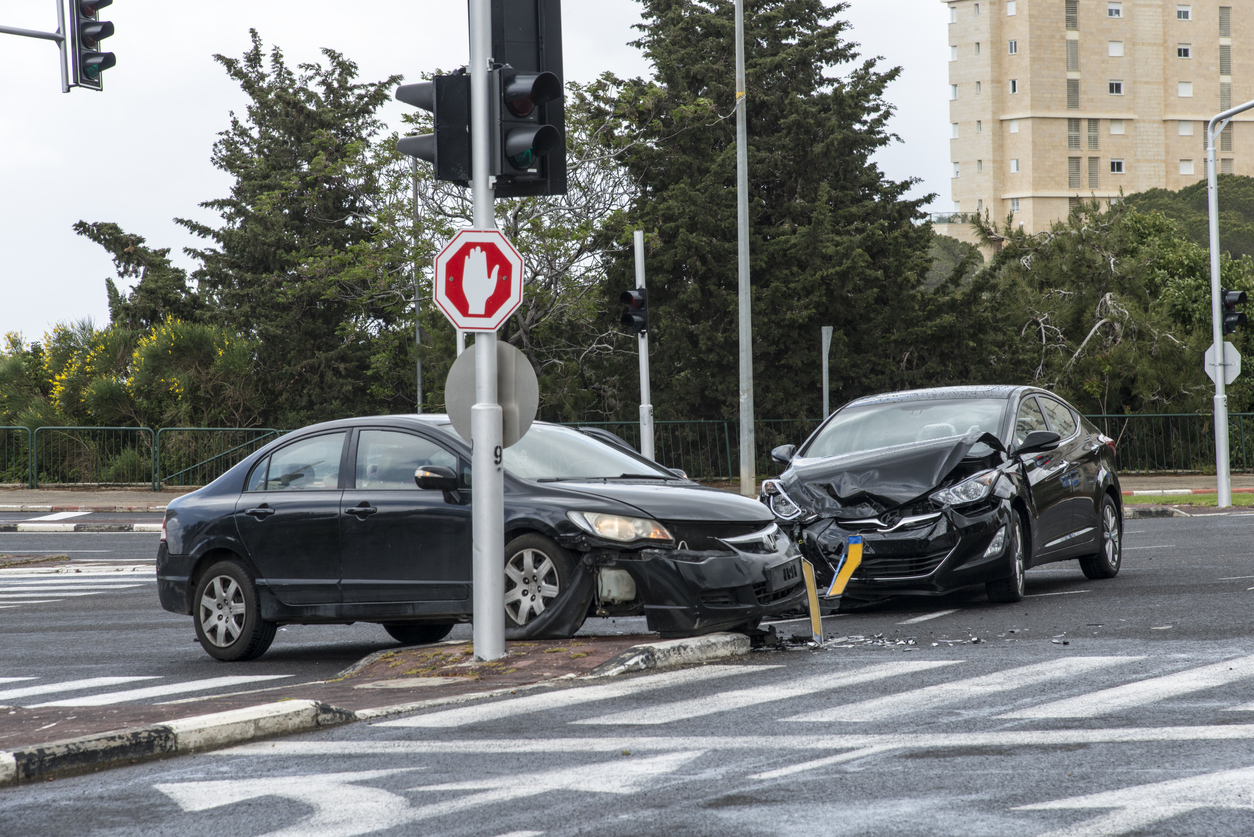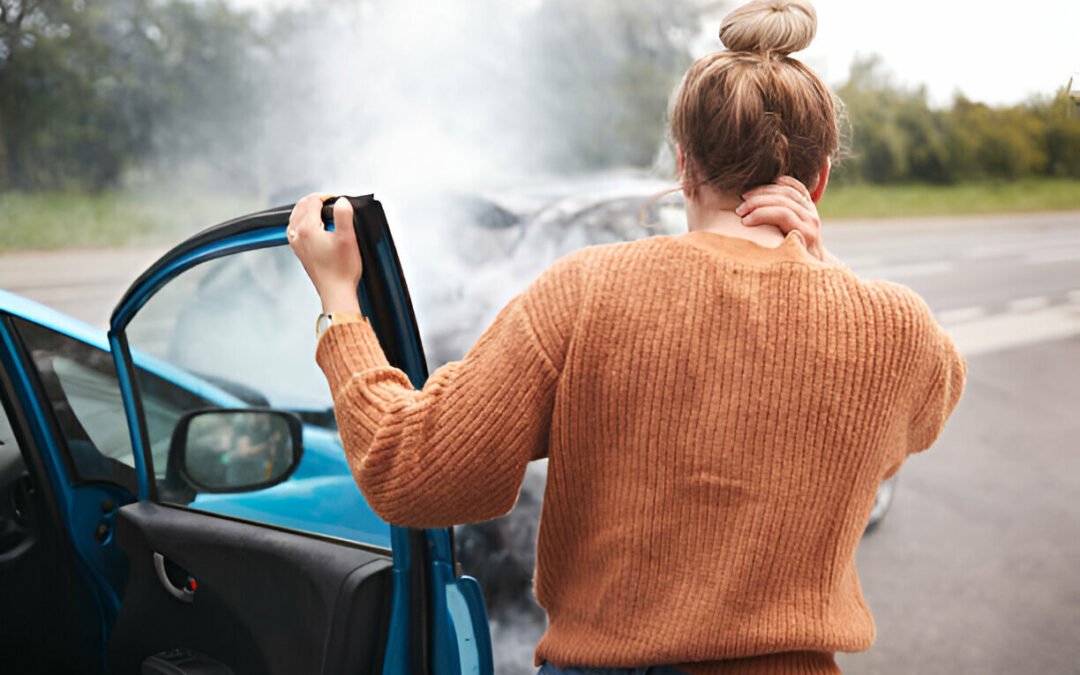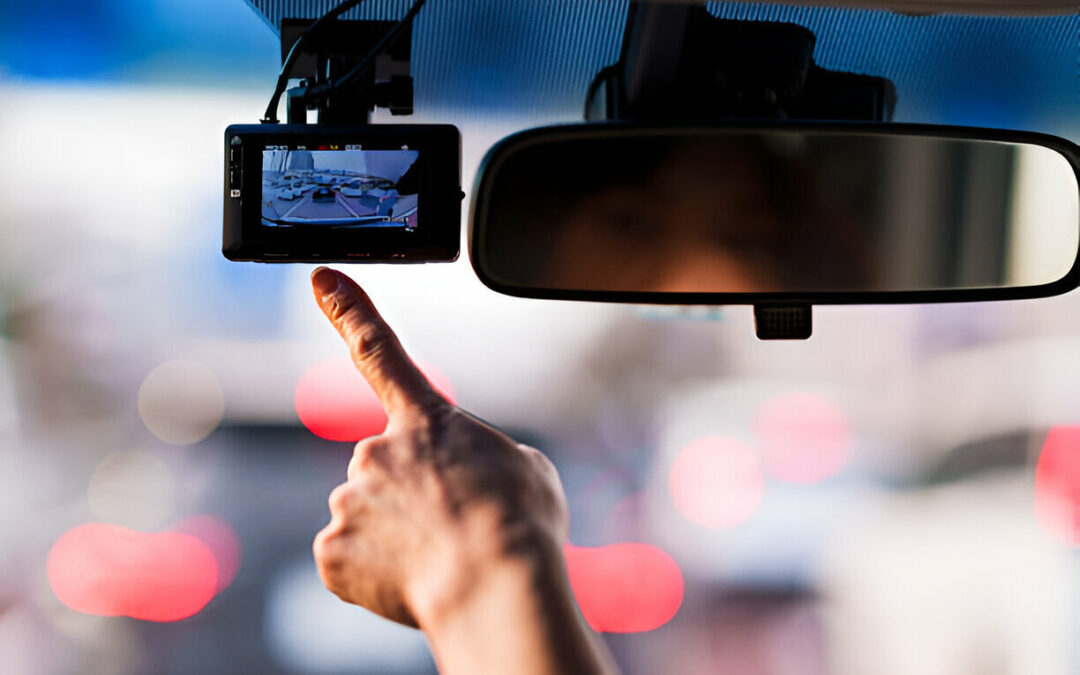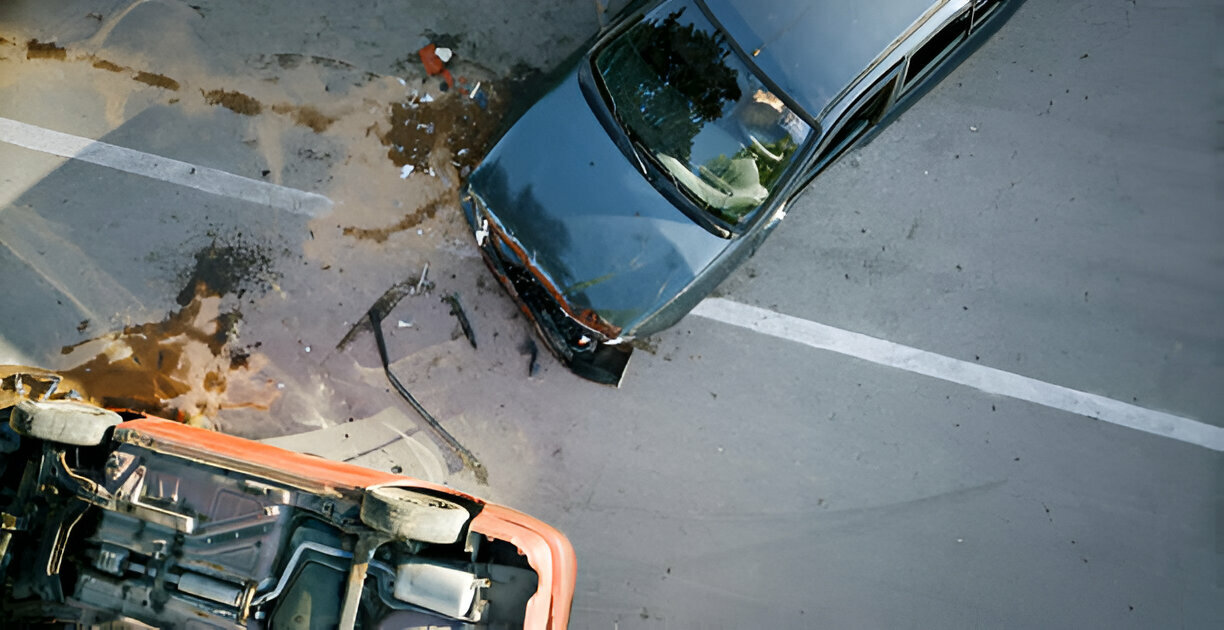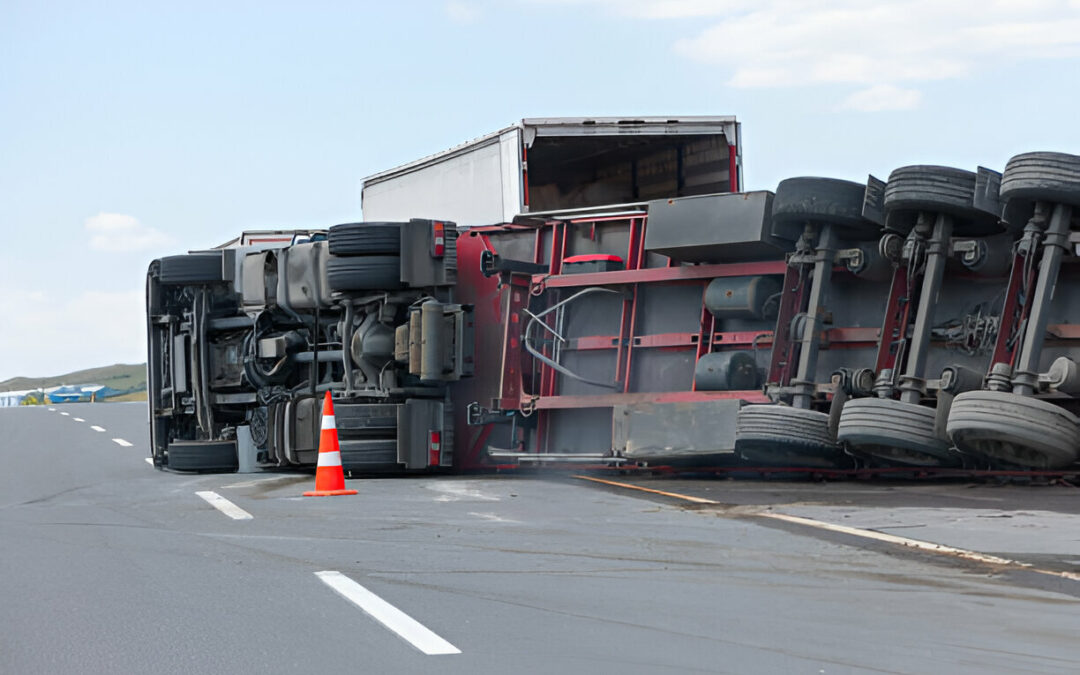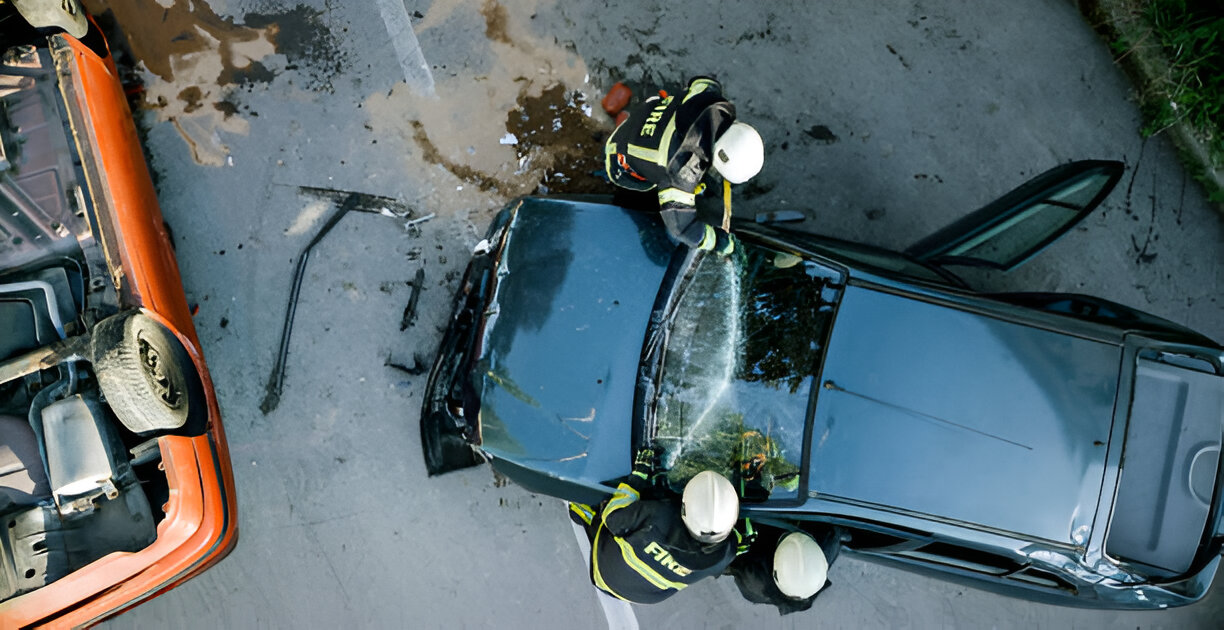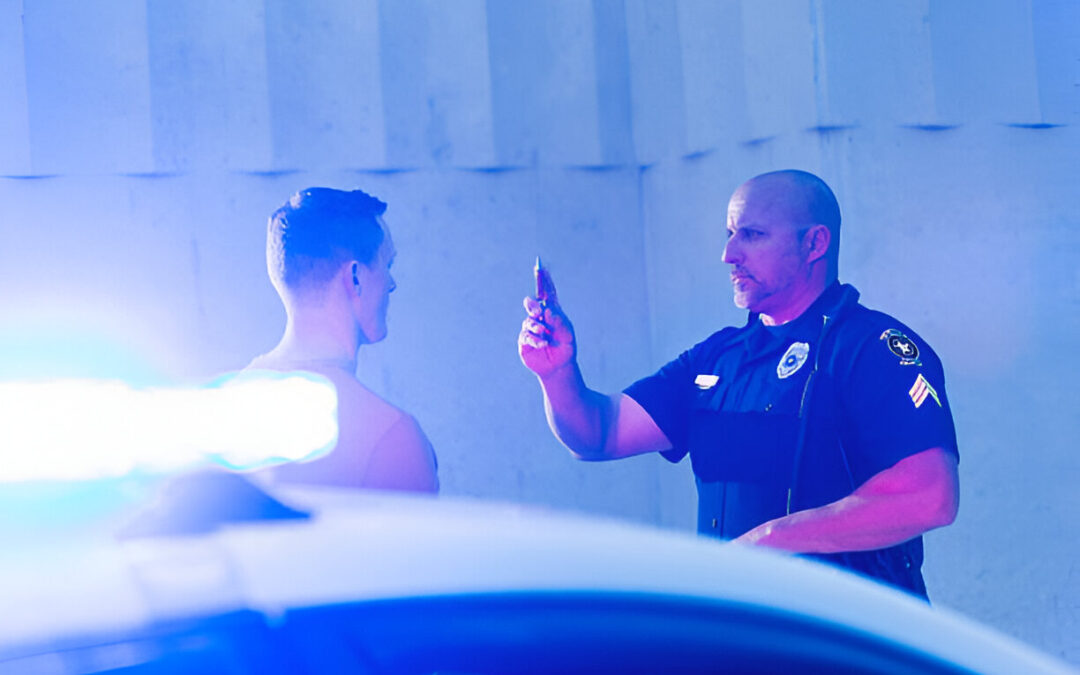“Who is at fault in a merging accident?” It’s a question that many drivers may ask themselves after being involved in a collision while attempting to merge onto a busy highway. While it may seem like the merging driver is automatically to blame, there are exceptions to this rule.
In this blog, we’ll explore who is typically at fault in a merging accident and what factors may influence this determination. We’ll also take a look at the most common causes of merging accidents and offer some tips to help you stay safe while merging onto the highway.
Who is at Fault in a Merging Accident in Florida?
When it comes to merging accidents in Florida, the driver merging is typically held responsible for the collision. This also applies to lane changes, where the driver who changes lanes is often considered at fault. According to traffic laws, the driver who is merging must give way to oncoming traffic and yield the right-of-way. Therefore, if the merging driver collides with another vehicle while attempting to merge, they will usually be held accountable.
Although it can be frustrating when attempting to merge onto a busy highway, it is not mandatory for other drivers to give way to the merging vehicle. While allowing merging drivers to enter is considered a courteous gesture, it is not a legal obligation. Hence, the merging driver must ensure that they can safely merge into traffic without causing any accidents or interfering with traffic flow.
Who Has the Right-of-Way When Merging in Florida?
In Florida, when merging, the driver must not leave the path of straight travel unless it is safe to do so, according to Florida law 316.085. The merging driver should use their turn signal, check for blind spots, and ensure there are no approaching vehicles. The right of way belongs to the through traffic, while the driver already traveling in the destination lane has the right of way, as Florida law states. This rule applies to merging onto a highway and changing lanes on multilane roads. Nonetheless, merging requires the cooperation of drivers in both lanes.
What are the Exceptions to Merging Laws?
Merging onto a busy highway can be a nerve-wracking experience, even for the most seasoned of drivers. You need to be alert and cautious and follow the proper merging protocol to avoid accidents. However, even if you’re doing everything right, accidents can still happen due to the actions of other drivers.
Aggressive Drivers
One exception to merging laws occurs when an overly aggressive driver purposely hits a merging driver. This may happen when the aggressive driver feels that the merging driver has cut them off, or when they are in a hurry and take their frustration out on another driver. In these situations, the aggressive driver can be held accountable for their actions, but it can be challenging to prove fault. In addition, it’s not uncommon for police officers to assume that the merging driver didn’t take proper precautions, making it difficult to pursue compensation.
Other Exceptions
Another exception to merging laws is when a driver changes lanes while another driver is merging. If the driver who changes lanes is breaking the law — for example, by speeding, texting, or driving under the influence — they may be held accountable for any accidents. In these cases, the driver’s illegal behavior created a dangerous situation that led to the accident, making them responsible for any damages or injuries.
5 Most Common Causes of Merging Accidents in Florida
The Vehicle Merged Too Slowly
One of the most common causes of merging accidents in Florida is when the merging driver does not match the traffic speed. This can cause a dangerous situation as the merging driver could cause a rear-end collision or be struck by oncoming traffic. Therefore, drivers should always pay attention to the speed of traffic when merging and adjust their speed accordingly.
Not Signaling While Merging
Another common cause of merging accidents is when the merging driver fails to signal their intention to merge. This can cause confusion and surprise for other drivers on the road, potentially leading to a collision. Therefore, drivers should always use their turn signals when merging, even if they think it’s obvious that they intend to merge.
Dangerous Merging
Dangerous merging is a common cause of accidents when a driver tries to merge too quickly or aggressively. This can lead to the merging driver losing control of their vehicle, striking other vehicles on the road, or causing a chain-reaction accident.
Cutting Across Multiple Lanes
Cutting across multiple lanes of traffic while merging is another common cause of accidents. Drivers should avoid trying to merge across multiple lanes of traffic at once, as this can be dangerous and increase the risk of an accident.
Distracted Driving
Distracted driving is a leading cause of all types of accidents, including merging accidents. Drivers distracted by their phones, food, passengers, or other distractions may not pay attention to the road or other drivers and cause an accident.
Start Your Free Florida Merging Car Accident Case Evaluation Today
Are you still wondering who is at fault in a merging accident that caused you or a loved one injury in Florida? If you’ve been in a merging car accident in Florida and need help determining who is at fault, turn to the Law Offices of Pacin Levine, P.A. We will thoroughly examine the details of your case and determine if you have a valid claim or lawsuit against the other driver. Then, with our expertise, we can determine who is responsible for the accident. Call our Florida personal injury lawyer today at 1-800-24-7-CRASH (2727) for a free, no-obligation case evaluation. We are committed to helping you get the compensation you deserve.


